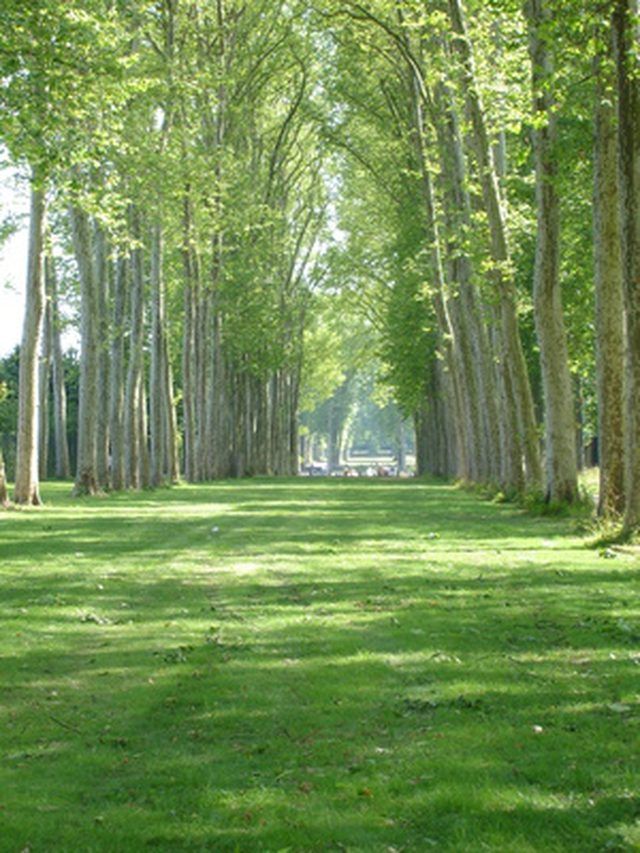Bulbs
Flower Basics
Flower Beds & Specialty Gardens
Flower Garden
Garden Furniture
Garden Gnomes
Garden Seeds
Garden Sheds
Garden Statues
Garden Tools & Supplies
Gardening Basics
Green & Organic
Groundcovers & Vines
Growing Annuals
Growing Basil
Growing Beans
Growing Berries
Growing Blueberries
Growing Cactus
Growing Corn
Growing Cotton
Growing Edibles
Growing Flowers
Growing Garlic
Growing Grapes
Growing Grass
Growing Herbs
Growing Jasmine
Growing Mint
Growing Mushrooms
Orchids
Growing Peanuts
Growing Perennials
Growing Plants
Growing Rosemary
Growing Roses
Growing Strawberries
Growing Sunflowers
Growing Thyme
Growing Tomatoes
Growing Tulips
Growing Vegetables
Herb Basics
Herb Garden
Indoor Growing
Landscaping Basics
Landscaping Patios
Landscaping Plants
Landscaping Shrubs
Landscaping Trees
Landscaping Walks & Pathways
Lawn Basics
Lawn Maintenance
Lawn Mowers
Lawn Ornaments
Lawn Planting
Lawn Tools
Outdoor Growing
Overall Landscape Planning
Pests, Weeds & Problems
Plant Basics
Rock Garden
Rose Garden
Shrubs
Soil
Specialty Gardens
Trees
Vegetable Garden
Yard Maintenance
Tree Wrap for Damaged Trees
Tree Wrap for Damaged Trees. Trees can sustain damage from many different sources. Wind and storm damage, extreme temperatures, ice, even animals like rodents and deer can cause damage that can threaten the health of your trees. Once bark or limbs are cracked, insects and diseases can attack the tree, further weakening cell structures. Though tree...

Trees can sustain damage from many different sources. Wind and storm damage, extreme temperatures, ice, even animals like rodents and deer can cause damage that can threaten the health of your trees. Once bark or limbs are cracked, insects and diseases can attack the tree, further weakening cell structures. Though tree wrap can offer some protection against these forces, its use long-term is not recommended.
What is Tree Wrap?
Tree wrap is material that is a commercially available product for wrapping trees to protect them against certain destructive forces. Newly planted trees are often wrapped because their bark is very tender and can be easily damaged by wind, sun and ice. In the past, tree wraps were used extensively on damaged trees to attempt to protect them from further damage, but wrapping is no longer recommended in most circumstances.
Types of Tree Wrap
Tree wrap is available in a number of different forms for different uses. A crepe-type wrap is often used to protect new plantings. Plastic wraps are also available. Burlap is sometimes used to protect bark. Hardware cloth (metal mesh) is wrapped around trees to stop damage from deer and rodents. Even plain, light-colored cloth can be used as a tree wrap to protect young trees against sun scald. Tar-impregnated paper tree wrap can be used which will prevent insects and diseases from taking hold.
Tree Wrap Uses
Colorado State University Extension recommends wrapping trees with thin bark during the winter months to protect against sun scald. Sun scald usually occurs on the south or west side of young trees that have not yet developed enough bark protection. The hot daytime sun heats the bark, causing the cambium layer to be vulnerable during cooler night temperatures. Hardware cloth can be used to prevent nibbling from rodents, rabbits and deer.
Disadvantages of Tree Wrap
Tree wrap should not be left on indefinitely. Boring insects will burrow under the wrap where it is warm and dry and set up colonies. Tree wrap can also provide favorable conditions for fungi and bacteria to grow. Many agricultural extension sites recommend wrapping fragile trees in late autumn to protect them and removing the wrap in early spring before insects and diseases can get a foothold under the wrap. Burlap wraps can rot and be a breeding ground for fungus. Also, leaving tree wrap can girdle the tree, constricting its normal growth.
Best Method for Using Tree Wrap
Use tree wrap only for short periods and only when necessary to protect tender tree bark. Start the wrap an inch or two below soil level and wrap around the trunk in a diagonal pattern to the second branch. Cut the wrap and secure with a natural fiber twine. Remove after a few months or up to one year.